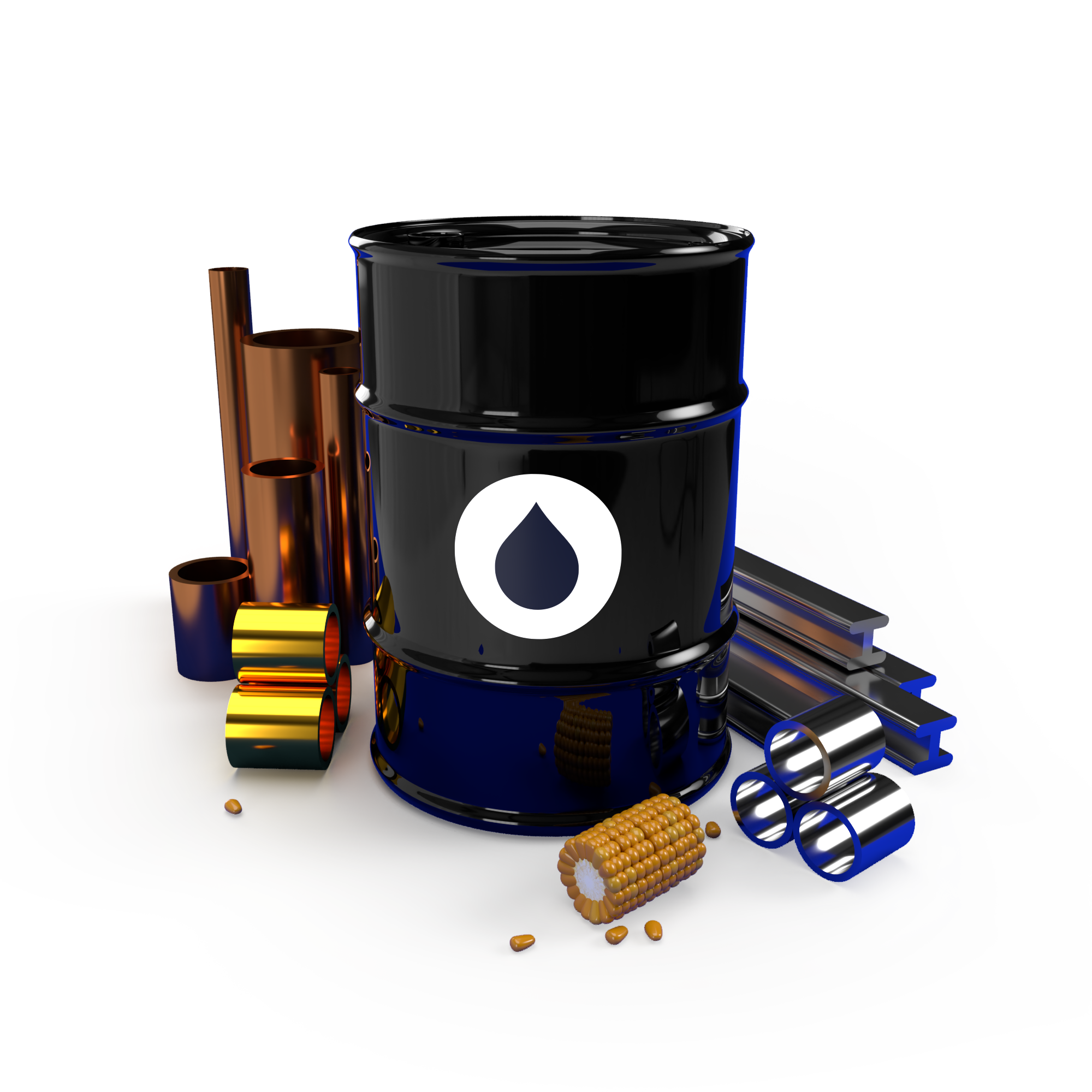Aluminium, a lightweight yet strong metal, plays a crucial role in various industries worldwide varying from automotive to packaging. Known for its durability, conductivity, and corrosion resistance, Aluminium is the second most used metal globally after steel.
Aluminium is a silvery-white, soft, non-magnetic metal and is the most abundant metal in the Earth's crust. Though it is widely available, it is always found combined with other elements such as oxygen and silicon, and needs to be extracted from Aluminium oxide in a process known as smelting. Aluminium is prized for several key properties:
- Lightweight: Its density is about one-third that of steel, making it ideal for applications where weight reduction is critical.
- Strength: When alloyed with small amounts of other metals, it becomes significantly stronger and retains its lightweight characteristics.
- Corrosion resistance: Naturally generates a protective oxide coating and is highly resistant to corrosion.
- Conductivity: An excellent conductor of heat and electricity, it is often used in electrical transmission lines.
- Recyclability: Aluminium is 100% recyclable without loss of its natural qualities.
This article explores the essential aspects of Aluminium, including its properties, uses, current market price, and the factors that affect its valuation. We will also guide you on how to trade CFD Aluminium online using platforms like Skilling, providing a pathway for investors interested in this versatile metal.

What is Aluminium used for?
Aluminium is extensively used across various industries due to its favorable properties such as lightness, strength, and corrosion resistance. Here are some of the primary uses of Aluminium:
- Transportation: Aluminium is pivotal in the automotive and aerospace industries due to its strength-to-weight ratio. Lighter vehicles made with Aluminium improve fuel efficiency and reduce emissions. In aerospace, Aluminium is used for constructing aircraft frames and components.
- Construction: Aluminium is widely used in building and construction to make window frames, doors, roofing, and wall panels because of its durability and resistance to corrosion.
- Packaging: Due to its non-toxic nature and barrier properties, Aluminium is ideal for food and beverage packaging. It helps in protecting goods from moisture, light, and contaminants, extending shelf life significantly. Common forms include cans, foil wrappers, and bottle tops.
- Electrical: Being a good conductor of electricity, Aluminium is employed in wiring and cables for power grids, due to its cost-effectiveness compared to copper.
- Consumer goods: Aluminium is found in a wide range of household and consumer goods including kitchen utensils, appliances, furniture, and electronics, owing to its thermal conductivity and corrosion resistance.
- Industrial machinery and equipment: Aluminium is used in machinery and equipment due to its ability to withstand harsh conditions without corroding or reacting with other materials.
- Renewable energy: In renewable energy sectors, particularly in solar panels and related equipment, Aluminium’s reflectivity and resistance to corrosion make it an excellent choice for frames and mounting systems.
Understanding these applications highlights why Aluminium is such a vital commodity in the global market and underscores its presence in everyday products and advanced technology applications.
What is the current global price of Aluminium?
The price of Aluminium fluctuates based on various market dynamics, including supply and demand, production costs, and global economic conditions. Below is a link to a live chart of the current global Aluminium price, which provides a snapshot of its market value:
Factors influencing Aluminium prices
Several factors can influence the price of Aluminium:
- Supply and demand: Industrial demand, particularly from the automotive and packaging industries, versus production levels, primarily drives price changes.
- Energy costs: As smelting is an energy-intensive process, the cost of electricity significantly affects Aluminium prices.
- Geopolitical events: Political stability in countries with major bauxite reserves, like Australia, Brazil, and Guinea, can affect global Aluminium supply chains.
- Economic indicators: Global economic health, including manufacturing output and construction activity, influences aluminum demand.
- Recycling rates: Increased recycling of Aluminium can affect the demand for newly smelted Aluminium, impacting prices.
How to trade Aluminium online with Skilling
Trading Aluminium online can be done effectively through platforms like Skilling, which offer access to commodities markets. Here’s how you can start:
- Register with Skilling: Open an account on the Skilling platform.
- Research Aluminium market: Utilize Skilling's resources to stay updated on the latest market trends and price movements.
- Choose your trading instrument: Decide whether to trade spot prices, futures, or CFDs on Aluminium.
- Develop a trading strategy: Based on your market analysis, develop a strategy that suits your investment goals and risk tolerance.
- Execute trades: Use Skilling’s trading platform to place your trades and manage them efficiently using tools like stop-losses and take-profits.
FAQs
1. Why is Aluminium important?
Aluminium is crucial for its extensive use in various industries due to its unique properties like lightweight, strength, and corrosion resistance.
2. How is Aluminium produced?
Aluminium is primarily produced through the smelting of bauxite ore into alumina and then reducing alumina to Aluminium through electrolysis.
3. Can I trade Aluminium on margin?
Yes, most online platforms like Skilling offer margin trading for Aluminium CFDs, allowing you to trade larger amounts with a smaller capital outlay. Aluminium CFD is traded under the category of commodities.

4. What should I consider before trading Aluminium?
Consider market trends, the economic outlook, energy prices, and technological advancements in Aluminium applications before trading.











